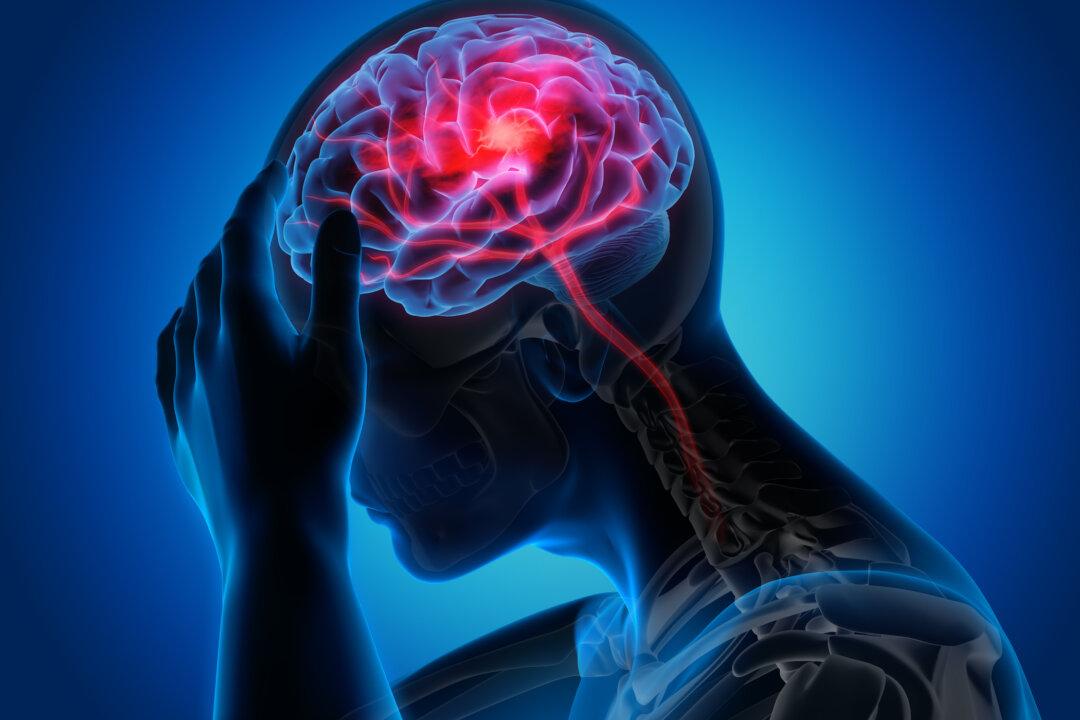Between November 2021 and mid-January, COVID-19 infections had increased sixfold, according to the Institute for Health Metrics and Evaluation (IHME). On January 29, an article in the medical science journal The Lancet titled “COVID-19 will continue but the end of the pandemic is near” was published, making some waves. In it, author Christopher J Murray of the IHME highlighted a few significant increases and reductions that have taken place since the spreading of the Omicron strain.
Together, this all signaled that the pandemic had reached a new stage, and we turned to Dr. Yuhong Dong, Chief Scientific Officer of a Swiss biotech company and expert in antiviral drug development and infectious diseases, to get a better sense of its implications on the future of health.





